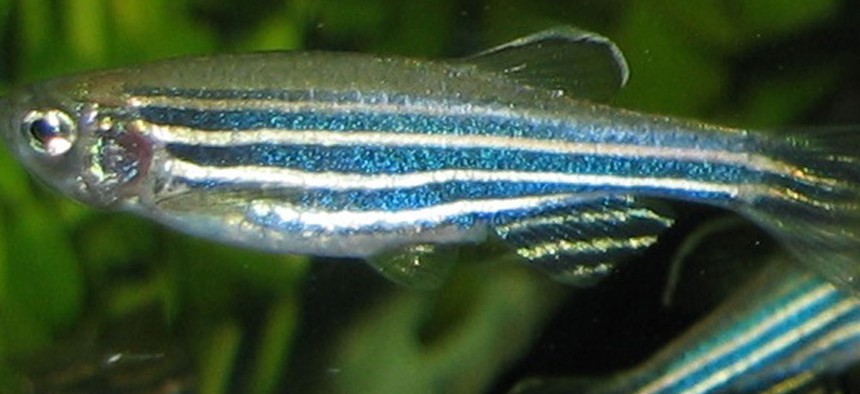
Researcher Zhaoxia Sun, at Yale, uses the zebrafish to study Polycystic Kidney Disease, which affects more than 600,000 Americans. Mutations in the zebrafish vhnf1 gene, and its human counterpart, cause cysts in both zebrafish and human kidneys. Wikimedia Commons
How the Zebrafish May Hold the Key to Human Disease
Wouldn’t it be instructive if we could see the effect of a genetic mutation in real time, as the gene was misbehaving? Well, that’s one of the perks of using the zebrafish—a tiny, striped, transparent fish.
Just last month, an international team of scientists—funded in part by NIH—published the entire genetic code of the zebrafish. This is a vital resource for understanding human health and disease. How does the genetic blueprint of a fish help us or accelerate drug discovery? Well, it turns out that more than 75 percent of the genes that have been implicated in human diseases have counterparts in the zebrafish. So, if we discover a mutation in a human, we can make the corresponding mutation in the zebrafish gene—and often get a pretty good idea of how the gene works, how the mutation causes havoc, and how it causes disease in humans. We can even use the zebrafish to test potential drug candidates, to see whether they can alter or fix the symptoms before moving on to mice or humans.
A second paper in the same issue of Nature describes how another team has created mutations in 38 percent of all the zebrafish genes and is now investigating the effects of each mutation. Fishy as it sounds, it’s an amazing system to learn about biology.







